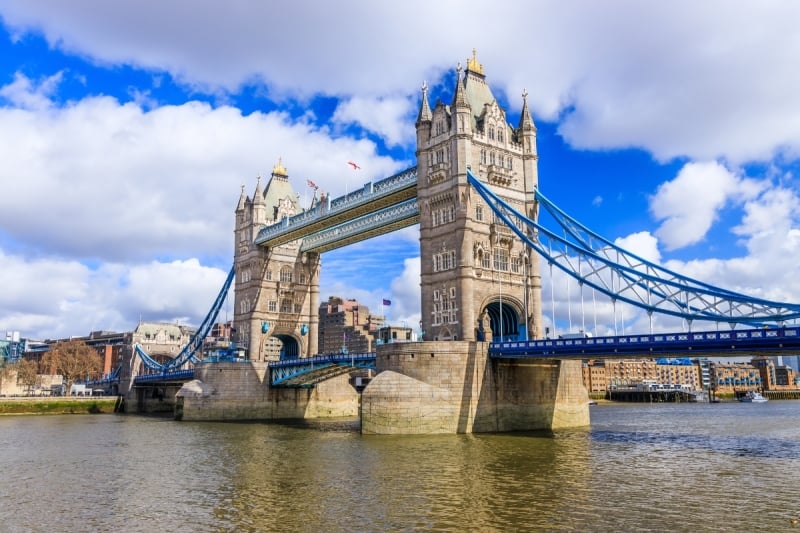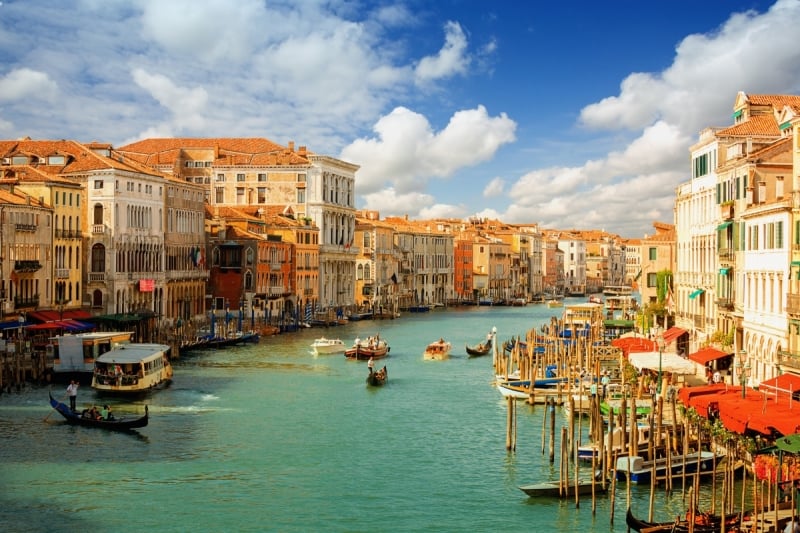For Singaporeans, travelling to Western countries often comes with one unexpected challenge: tipping. Since we’re used to having the 10% service charge automatically included in our bills, figuring out how much to tip overseas can feel confusing and sometimes stressful. But in many Western destinations, tipping is part of everyday culture, especially in restaurants, taxis, and hotels. To make things easier, here’s a simple guide to tipping etiquette across popular Western countries.
Also read: Europe for First Timers: Essential Tips and Best Cities to Start With
How much to tip in each country
United States: Tipping is basically mandatory

Image credit: Jupiterimages via Canva Pro
In the United States, tipping isn’t optional. It’s a crucial part of the service industry, and workers often depend on tips to supplement low base wages. At restaurants, leaving 15–20% is customary, with a higher percentage for exceptional service. Bars typically receive USD 1–2 per drink, while taxi and ride-hailing drivers expect about 10–15%. In hotels, bellhops are usually tipped USD 2–5 per bag, and housekeeping staff are tipped USD 2–5 per night. Even salons and spas follow the 15–20% standard. Leaving no tip is considered extremely rude, so it helps to budget for tipping before you travel.
Canada: Similar to the US, but slightly more relaxed

Image credit: oversnap via Canva Pro
Canada follows a tipping culture close to the US, though Canadians are generally less intense about it. Restaurant tipping ranges from 15–20%, and bars often prompt a 10–20% tip or CAD 1 per drink. Taxi drivers usually receive 10–15%, while hotel staff get CAD 2–5 for services like handling luggage or housekeeping. You may also encounter card machines at cafes, prompting you to select a tip. This is completely normal in Canada.
United Kingdom: Optional, polite, and very chill

Image credit: SCStock via Canva Pro
Tipping in the UK is much more relaxed compared to North America. Many restaurants automatically add a 12.5% service charge, especially in London, so tipping is only needed when this isn’t included. Pubs generally do not expect tips unless it’s full table service. For taxis, rounding up the fare or adding about 10% is common. In hotels, tips of around GBP 1–2 for bellhops or housekeeping are appreciated but never expected. Overall, courtesy matters more than the exact amount.
Australia: No strong tipping culture (but it’s changing in big cities)

Image credit: Marek Piwnicki via Canva Pro
Australia historically has no tipping culture because service workers earn fair wages. However, tipping is slowly becoming more common in cities like Sydney and Melbourne. Still, it remains optional: diners may leave 5–10% at restaurants for excellent service, while cafés rarely expect tips beyond rounding up. Taxi fares are often rounded up, too. Hotels may receive AUD 1–2 for simple services, but nobody will judge you for skipping the tip completely.
New Zealand: Similar to Australia, tips are a bonus

Image credit: chudakov2 via Canva Pro
New Zealand operates almost identically to Australia in terms of tipping. It’s not a requirement, and locals rarely leave tips. At most, travellers round up the bill or leave a small token (like 5–10%) for exceptional service. Taxi and hotel tipping is minimal and purely optional.
France: Service charge is included

Image credit: Thitiphan Pakseesuwan via Canva Pro
In France, most restaurant bills come with service compris, meaning the service charge is already covered. As a result, diners usually just round up the bill or leave €1–2 for good service. This also applies to cafes, where customers leave small change. Taxis and hotel staff may receive €1–2, but tipping isn’t supposed to be a burden, it’s simply a polite gesture.
Italy: Minimal tipping because of coperto

Image credit: phant via Canva Pro
Italy charges a coperto (cover charge) at many restaurants, usually €1–3 per person, which already compensates the staff. This means tipping becomes much less necessary. Diners often just leave small change or €1–2. For cafés, taxis, and hotels, tipping is modest and only done if you feel like it. Locals rarely calculate percentages.
Spain: Rounding up is the norm

Image credit: PocholoCalapre via Canva Pro
Spain has a very casual approach to tipping. Most locals simply round up the bill or leave a small €1–2 tip for table service. Bars often receive spare change, and taxis are commonly rounded up. Hotels also accept €1–2 tips for staff, but nothing more is expected.
Germany: The “rounding up” culture

Image credit: Hernan Berwart via Canva Pro
Germany’s tipping culture, Trinkgeld (drinking money), is modest but customary. In restaurants, diners typically round up to a neat number or tip around 5–10%. An important note: you’re expected to hand the tip directly to the server rather than leave it on the table. Taxi drivers usually receive €1–2, and hotel staff may get the same amount for carrying bags or cleaning rooms.
Also read: How to Plan a Campervan Trip Across Australia and New Zealand
Final tips for Singaporean travellers
In general, tipping generously is a must in the US and Canada, moderate tipping is appreciated but not required in the UK and Europe, and Australia and New Zealand remain the most relaxed about it. The best rule of thumb while travelling is to always check if service charge is included, carry small notes for convenience, and when in doubt, simply round up the bill. With that, you’ll be able to travel confidently without worrying about tipping too much or too little.




